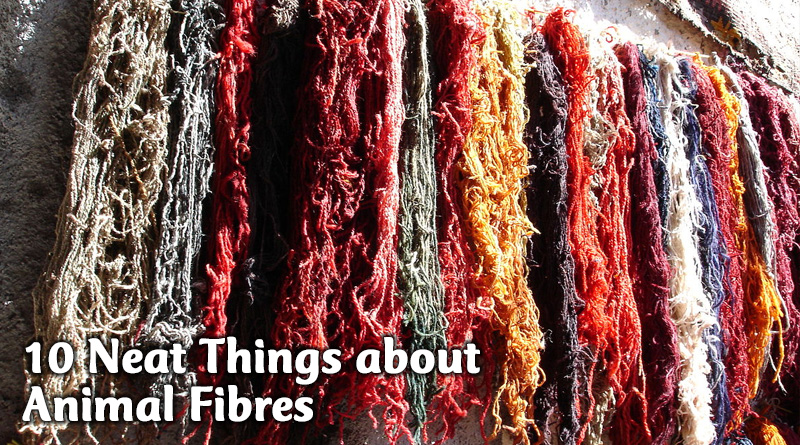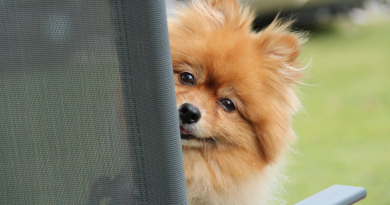About Animal Fibres
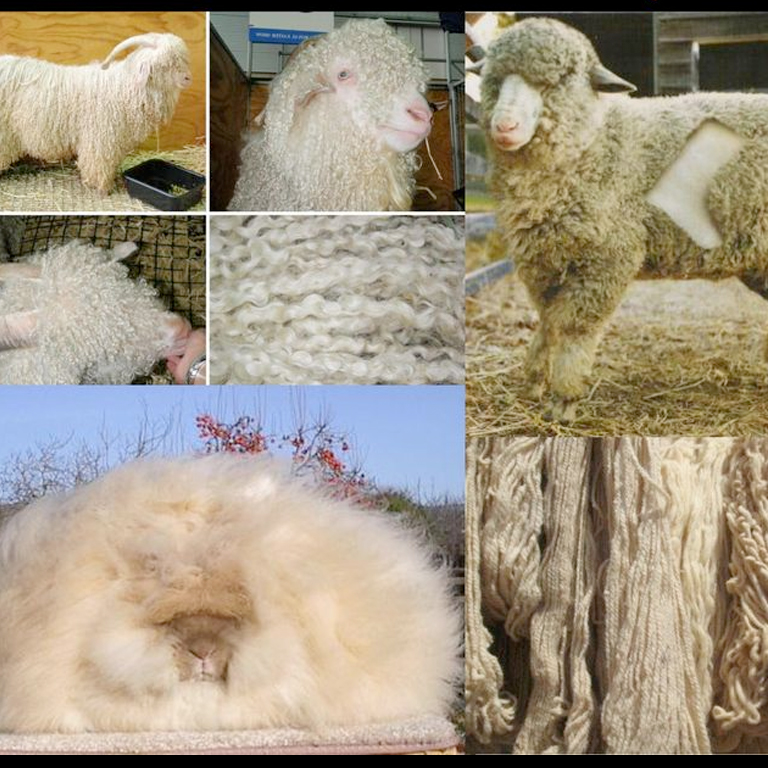
1. Cruelty-free herding.
Want to farm animals without killing them? Consider sheep, goats, rabbits or alpacas. You can raise these animals for the animal fibres.
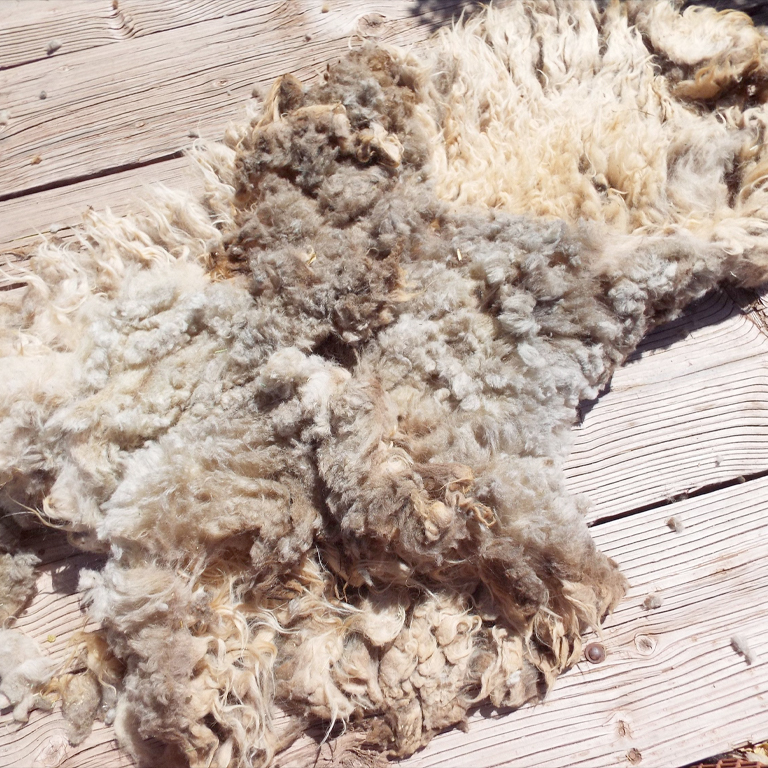
2. Sheep’s wool.
Wild sheep originally had less woolly hair. Selection for woollier sheep started around 6000 BCE. The oldest sheep’s wool textile ever found in Europe is from a Danish bog and dates to around 1500 BCE. Two things that make wool different from other animal fibre its crimp (or fine curliness) and its scales. The scales are what make wool able to mat or felt; unfortunately, they are also what make wool itchy. Itchy wool can be around 30 microns thick. (A micron is 1/1000 of a millimetre.)
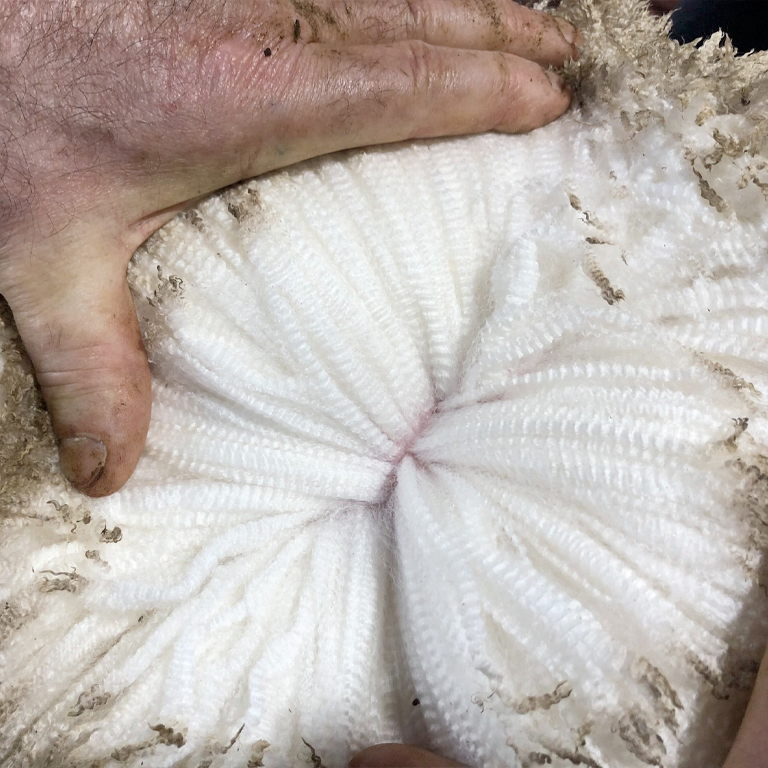
3. Merino wool.
Merino is a breed of sheep that were developed in Spain or Morocco some time in the 12th to 15th centuries. They produce lovely wool as fine as 18 microns thick, but it doesn’t stop growing. A merino sheep must be shorn at least once per year so its hair doesn’t get too long. Left unclipped, they can develop heat stress or become unable to walk.
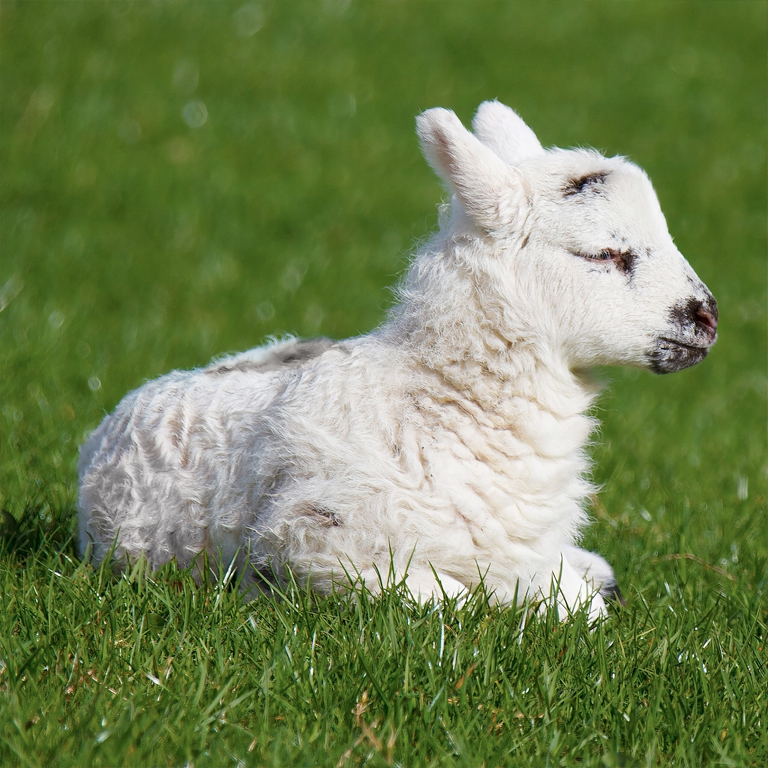
4. Lambswool.
The first shearing of a sheep, at about seven months of age, gives you lambswool. It’s softer than regular wool but not as soft as merino, in general.
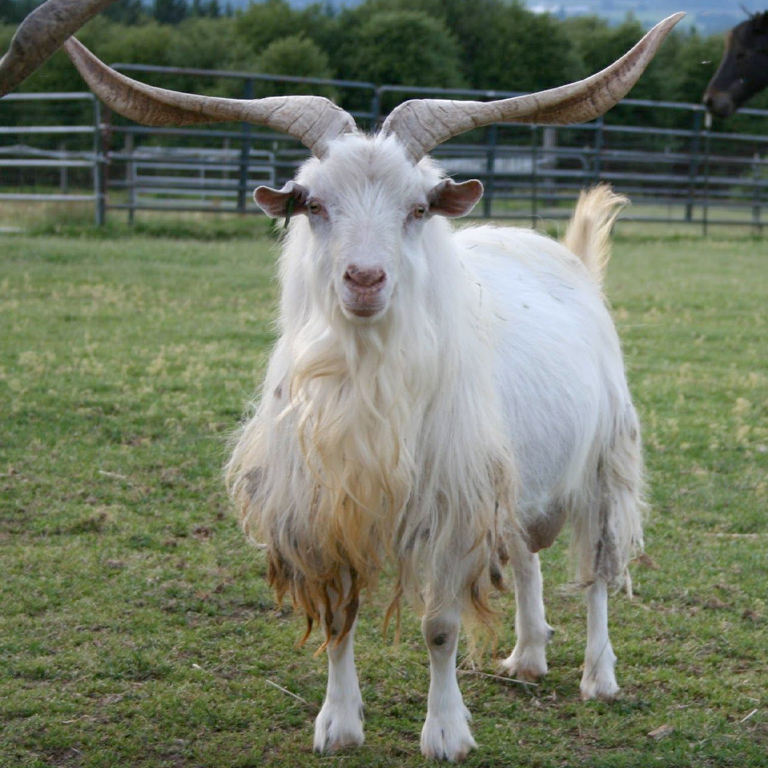
5. Cashmere.
This fibre comes from cashmere or pashmina goats. The goats have a double coat, with a downy undercoat and a coarser coat of guard hairs. It’s the downy undercoat you want. The modern problem with cashmere is that the goats, when they graze, pull the entire plant from the ground, as opposed to sheep, which tear off the top of the plant. Goats can denude a pasture, which is all kinds of bad for the environment.

6. Mohair.
Produced by angora goats, this is a luxury fibre. While not so fine as cashmere, it has underdeveloped scales, so it isn’t really itchy. Angora goats are super cute, too, with long curly hair.
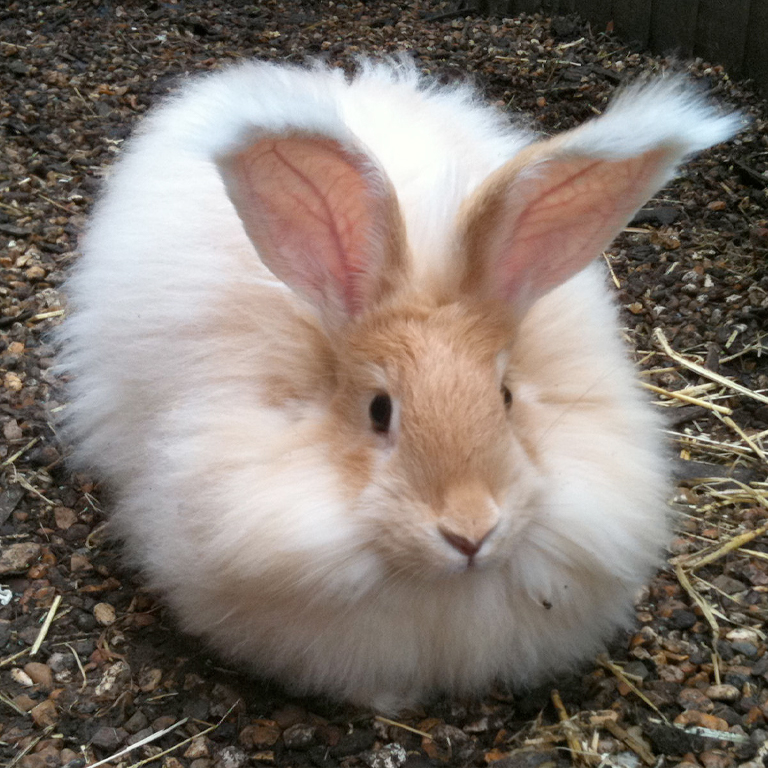
7. Angora wool.
Angora wool comes from angora rabbits, which look like very fluffy toys. They need to have their fur combed or shaved frequently; angora farms will shear the rabbits four times per year. The yarn spun from angoras is extraordinarily soft and fluffy but not strong at all.
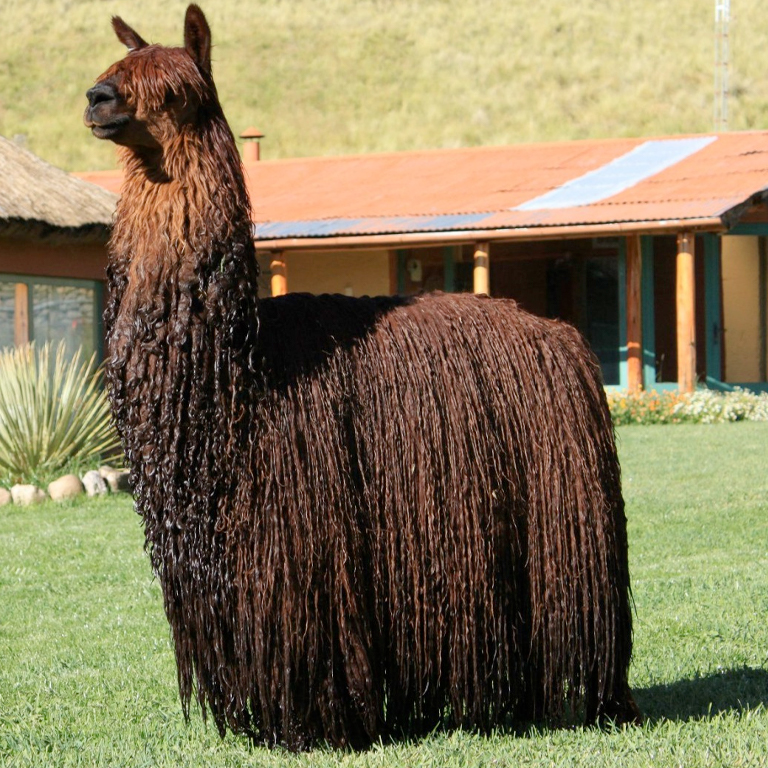
8. Alpacas.
These guys produce some of the most luxurious wool available. It is warm, very soft and contains no lanolin. There are two types of alpaca, the suri and the huacaya. Suris, which are only about 10 percent of the world’s alpaca population, have long hair that spills in curls from their bodies. Huacayas have shorter, fluffier fur. Both types are from the Andes mountains and can handle Canada’s cold temperatures. You have to have at least three to keep them content.
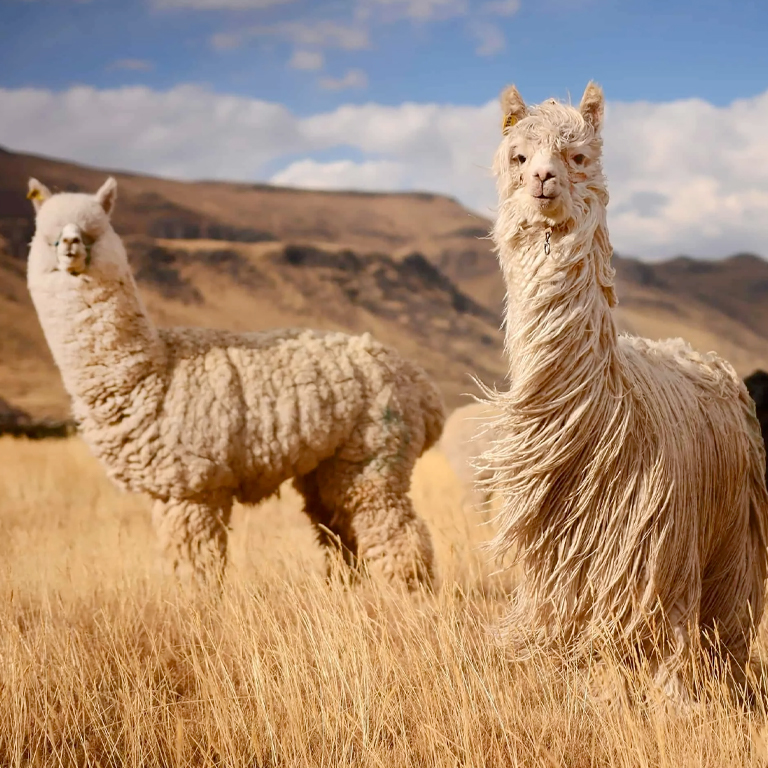
9. Llamas.
If you get llamas and alpacas mixed up, you can be forgiven; they look quite a bit alike and both come from South America. Llamas are bigger and they have longer faces than alpacas. They are often raised for their fibre, which isn’t quite so luxurious as alpaca fibre. They are considerably more independent than alpacas. Some farmers will have just one as a guard llama for sheep, alpacas or chickens.

10. The most luxurious fibres.
Shatoosh is the most luxurious animal fibre, coming from Tibetan antelopes, but you cannot farm them. The population numbers about 150,000 and they are protected. Vicuña is another animal, the wild forbear to the alpaca; they are not easily farmed, but fabric made from their hair goes for over $2000 per yard. And there is qiviut from Arctic muskoxen. It can be gathered when the muskoxen moult or it can be taken from the hides of dead muskoxen. Aside from being fantastically soft, it doesn’t shrink like all the rest of the wools!

